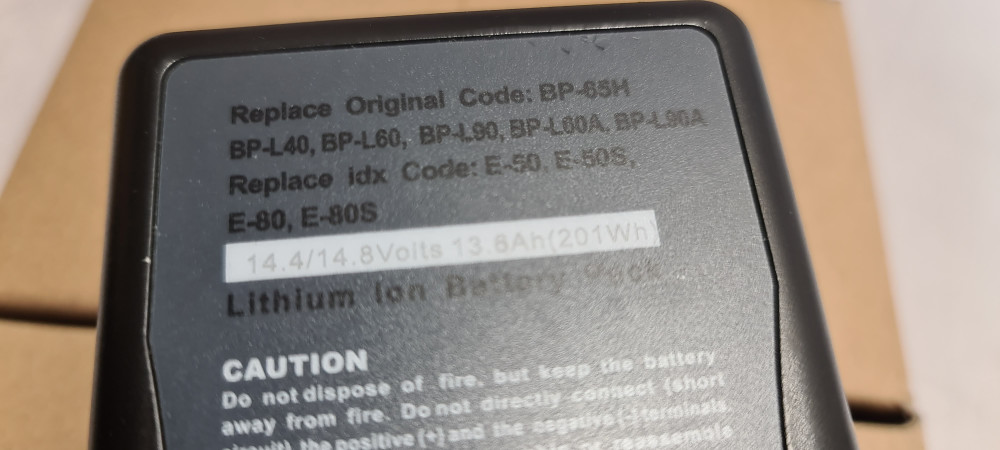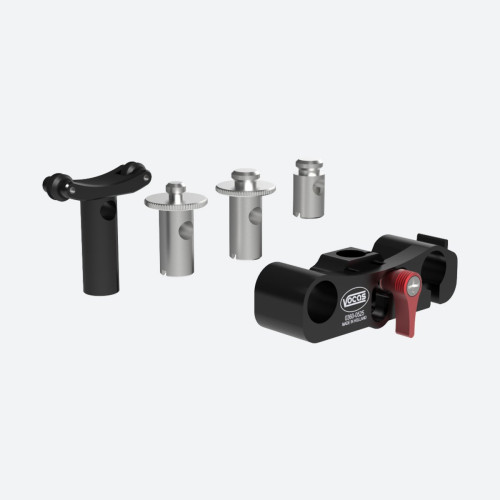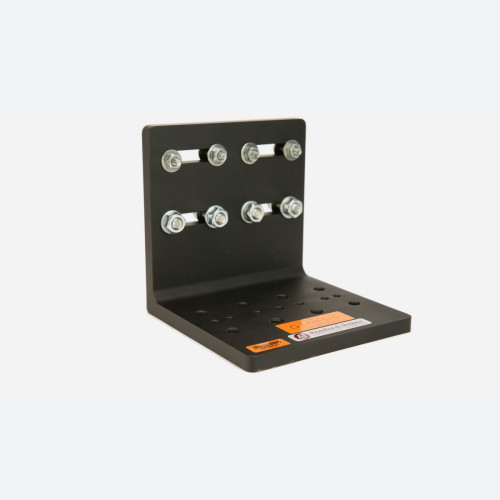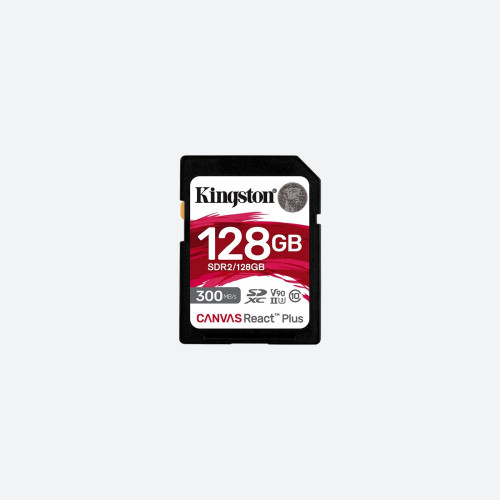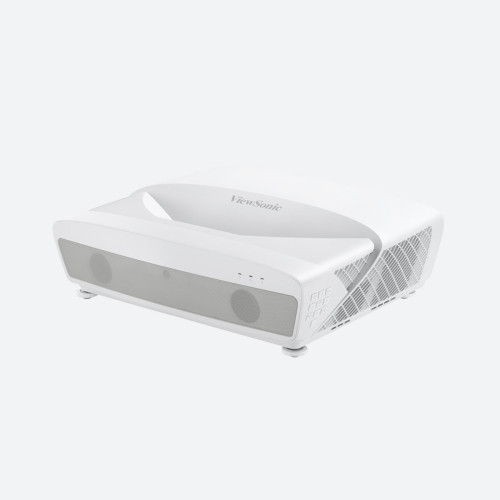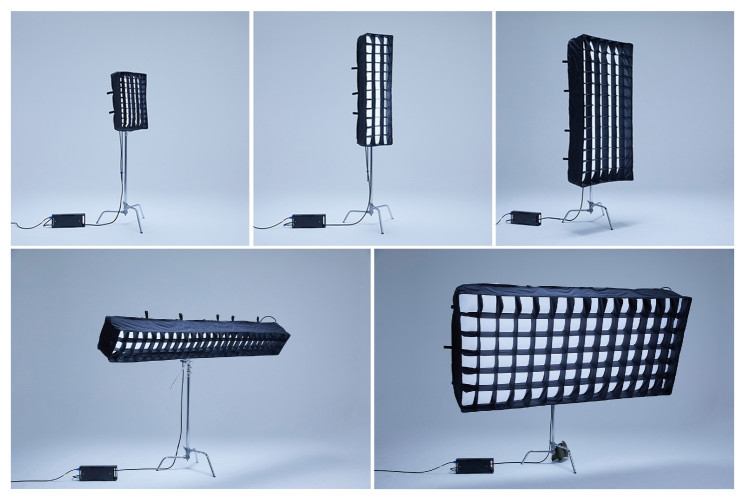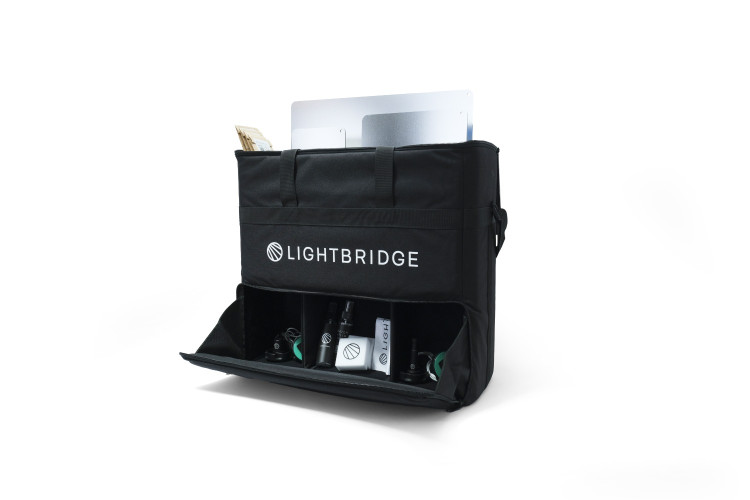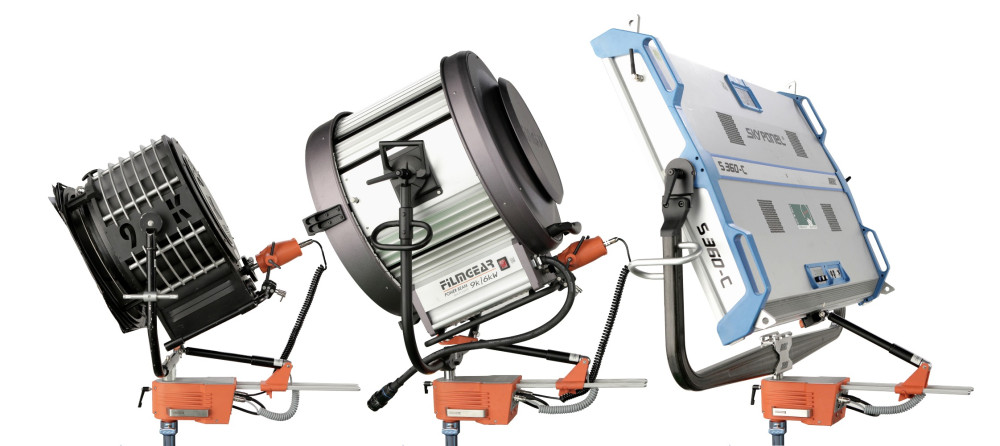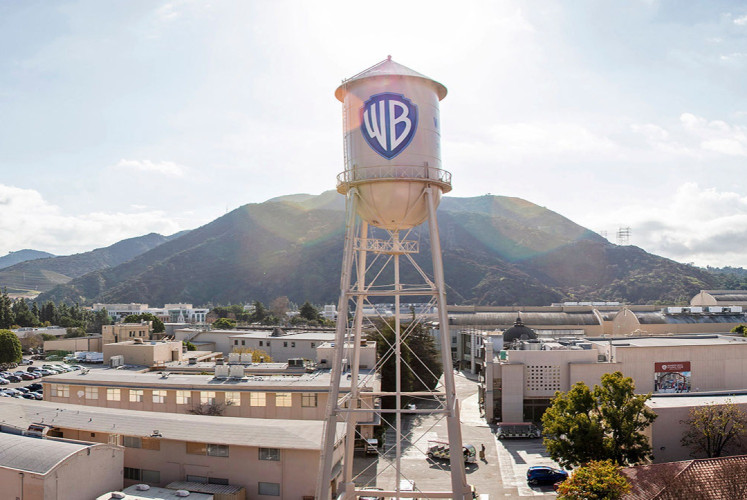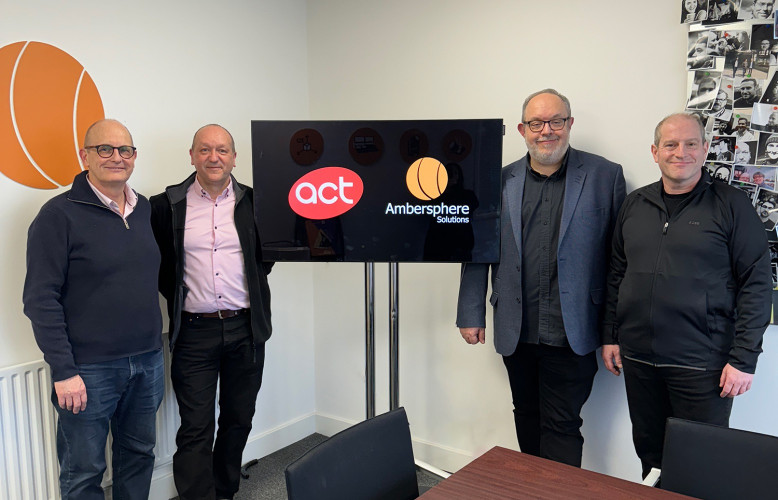Lighting the X Factor
Author: Dennis Lennie
Published 1st December 2009
It’s Friday morning at a television studio in the shadow of Wembley Stadium’s iconic arch and already there are fans and paparazzi outside waiting to catch a glimpse of their favourite contestants and judges arriving for rehearsals. Now three weeks into the live final shows, nine contestants have reached ‘Rock Week’, once again singing for their lives in front of a still growing audience of 14 million, a 48% viewer share, on ITV 1.
Among the changes for the sixth series are a radical redesign of the set used for the ten weeks of live finals. Designed by Florian Wielder, creator of the previous ‘X Factor’ set as well as for other shows including the German equivalent ‘Make Me a Superstar’ and the ‘MTV Europe Music Awards’, the set cleverly achieves an immense sense of scale on camera.
Like the previous set, it is incredibly expansive and wide, filling Fountain’s Studio A & B, but now is also very deep creating both additional performance areas as well as a canvas for something Wielder knows well and embraces in many of his designs – LED technology. This new set has created a great concept - at it’s heart a 7.17m by 5.82m high resolution, 6mm Barco video wall, flanked by two additional high resolution screens, with content then extending out both horizontally to the sides, gradually becoming lower resolution, as well as through the floor and ceiling along runs of Barco MiStrip towards and over the audience.
Lighting Director Dave Davey explains this part of the design further; “Florian has come up with a great concept of using MiStrip as a floor and ceiling device. It radiates out from the central LED screen which works as a great way of focusing the audience’s attention into the centre of the stage, whilst exaggerating the expanse and size of the set.”
In total, 850 of the 1500mm MiStrip fixtures fan out from the central screen across the ceiling and floor. Despite being lower resolution, these linear bars of pixels, driven from the same Hippotizer Media Servers as the main screens, add a highly effective illusion of depth to the already significant set. “The scale and reach of the ceiling proved quite a challenge when designing my hanging rig” continues Davey, “finding space to fit in and compliment the MiStrip ceiling was the most complex part of my design.”
In addition to the Scenic LED in the ceiling, director Jonathan Bullen has also added a tracking tower camera, using valuable rigging space where Davey would usually have an upstage lighting bar. This camera creates a new angle for the viewer and captures a lot of the extended set pieces, along with the all important crowd shots, but does mean that the back spot requires careful coordination in order not to end up with a shadow across the stage.
Overall the new set has been carefully designed in partnership with the whole creative team, resulting in a highly integrated visual, controlled from two Compulite Vector lighting consoles. Florian is well aware of the requirements and capabilities of lighting, so the elaborate set was always ready to accommodate a comprehensive, flexible lighting rig.
It was important to the team this year that they achieved video content and animations that could be perfectly syncronised to the audio, so time codes on the audio track are now regularly used to trigger the lighting console, which in turn controls the Hippotizer Media Server feeding the screens and other Scenic LED elements. This has seen high impact visual looks already this year that show high resolution content on the screens, perfectly in time to the music, pulsing out in the audience along the MiStrip floor and ceiling pieces.
With this much screen estate, the content has to be both original and of an excellent quality. Florian has worked with sets requiring video content of this nature in the past with content designed and created by Julien Rigal. By Wednesday of each, week with the contestants songs chosen, although not confirmed – songs could be changed as late as Friday night, Dave Davey and Julien speak about ideas for content, colours and how the screen becomes part of an integrated visual look. By the Friday rehearsals when programming takes place, examples of the content will be ready to show the producers with the full content arriving the next morning for dress rehearsals.
It’s a very fluid process with many ideas and opinions across the large production team, but ultimately it’s working towards a dress rehearsal each Saturday afternoon. After this, production notes from Simon Cowell, ultimately retaining control of all of his shows, come back regarding all elements of the performances. The look of a track could need to be radically changed in the hours before the show goes on air.
Part of the new format is a dedicated results show on a Sunday night, adding an additional hour of broadcast time, making space for two guest performances each week. Including these, there will be more than 120 different performances to light over the ten weeks of live shows, each requiring an individual look to reflect and enhance the song and personality of each contestant.
Having the results show and guest performances a day later gives Davey a welcome opportunity to dedicate more time on the two extra performances and make the look as big and spectacular as the Saturday night show. “The Sunday Results show has been great because it’s allowed for collaboration with the guest performers’ record companies, management and stylists – all of whom want to help create and input to the best possible performance and opportunity for their artists. A few artists bring their LDs, but mostly they just bring welcome input in to how an artist likes to be lit or specific colourways for a track. “Already this series we’ve had Robbie Williams, Whitney Houston and Michael Buble and we’re only 3 shows in. Working and negotiating with the management of such successful artists is part of a big show like ‘X Factor’ and I’m really pleased with how it’s gone so far.”
The ability to create that many looks comes down to the original lighting rig being well designed; comprehensive and flexible enough to light 40 dancers and motorbikes coming up ramps on to the stage, but then only using all of those fixtures when it’s appropriate to do so. The show does have a dominant LED look to it, but Davey is not a fan of having everything on, and possibly blow a performance away when what really complements the track is a very minimalist look with a simple follow spot and back light. At the end of the day, aside from the always controversial contestant or two, what will win the competition is talent and great vocal performances, which the lighting is there to help highlight and enhance. There could be whole weeks where certain fixtures are not used, but it’s that control to use them only when the performance suits, that makes the lighting such an important, impactful part of the show.
For the sixth year and continuing their long running association with Dave Davey and crew chief Dave Hallet, PRG Lighting and project manager Mick Healey provided the lighting equipment.
Dave continued, “Working with PRG gives me access to a wide variety of stock that I know is just a van drive away. It’s a huge benefit that if I suddenly think ‘wouldn’t if be great if…’ on a Friday when the contestants come in to sound check, that within the realms of budget they can get it here for me.”
The ‘X Factor’ is no doubt a big show with a good budget, but overspending in television at the moment is not an option. With the exception of specific requests from guest artists, lighting extras cannot come in on a whim, and so need to add to the impact or creative direction of a performance. The shows creative Director, Brian Friedman creates the contestants performances and choreography, providing performance notes and requests on a Thursday. Additional props and extra stage elements such as risers requiring additional LED lighting inside and aerial artists coming down from the roof are common requests to accommodate.
In addition to five years lighting the ‘X Factor’, Dave Davey has a track record of lighting the biggest shows on television, from ‘Britain’s Got Talent’ to ‘Dancing on Ice’, he knows that the key to making a successful, long running show is taking the viewer outside of their normal lives. “We could do the show from Wembley Stadium, the Albert Hall or Fountain Studios – the viewers aren't concerned by the venue, they just want a group of contestants, of characters, to get behind, support and watch grow and develop over a period of ten weeks.”
Like the rest of the country, engrossed and waiting for the next chapter to see who excels and who falls by the way side as the show races on towards Christmas, Davey admitted that he too couldn’t help but get hooked by the drama of the show. “The progammes popularity is such that you hear people talking about it everywhere – on the tube, bus, kids in the playground; it’s a big, big show that really captures the country’s attention and imagination. I never cease to be amazed by the number of people who come up to me and say that they loved this, or that someone was amazing – occasionally they even mention the lighting!”
So is lighting the ‘X Factor’ just another day at the office? Far from it - Davey and the whole team love being part of the journey, telling the story of contestants given an opportunity to be styled, guided and then shine in front of millions of people.



